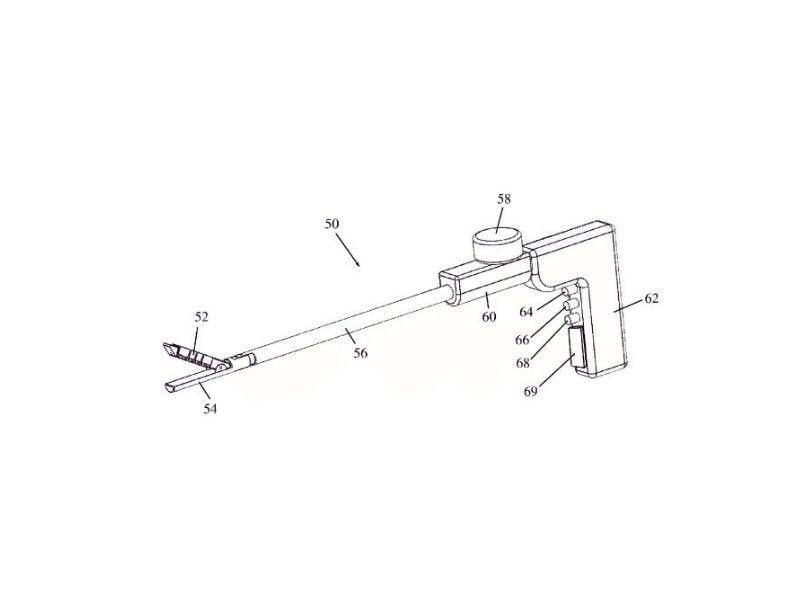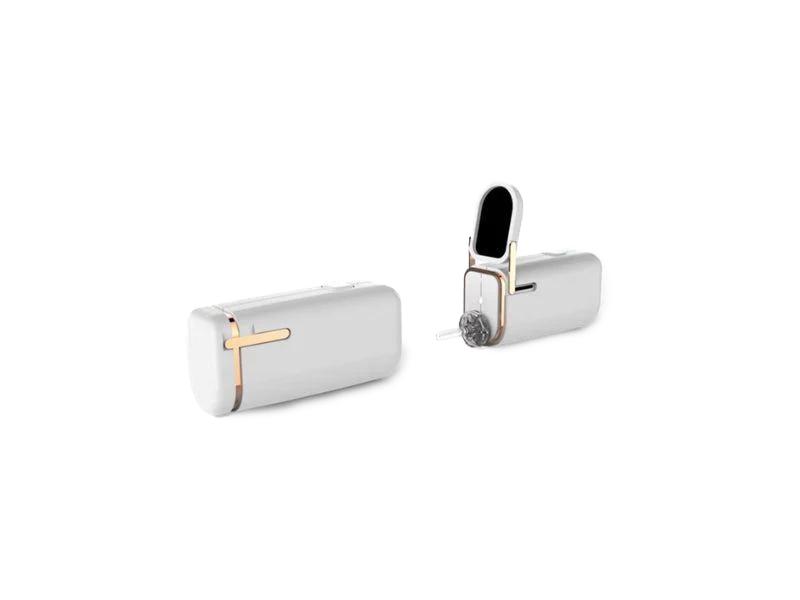A Safe and Effective Approach for At-Risk Pregnancies
A novel, non-invasive device is offering a new approach to preventing preterm birth. Designed for early intervention in pregnancies at risk of premature labor, this innovation provides a safe, hormone-free, and user-friendly alternative to traditional treatments. By mechanically supporting the cervix and delaying cervical shortening, it aims to significantly reduce spontaneous preterm deliveries and improve neonatal outcomes — all without the need for surgical or pharmacological intervention.
The Challenge
Preterm birth remains a persistent and devastating challenge in obstetrics.
Approximately 60–70% of cases result from the spontaneous onset of labor. Despite decades of clinical research and intervention, current treatments — including medications, hormonal therapies (such as progesterone), surgical procedures (like cerclage), and pessaries — have shown limited effectiveness in significantly reducing the incidence of premature delivery.
The stakes are critical:
Infants born preterm are over 40 times more likely to die during the neonatal period compared to those born at term. Survivors often face severe short- and long-term complications, including respiratory impairment, feeding difficulties, neurological disabilities, vision and hearing impairments, developmental delays, and cerebral palsy.
The need for a safe, effective, and scalable solution to delay preterm birth remains urgent and unmet.



The Solution
This innovative device offers a non-surgical alternative to existing therapies for delaying preterm birth. Placed in a simple procedure by an OB/GYN, the device is designed to:
- Mechanically support the cervix to delay shortening
- Avoid systemic side effects by eliminating the need for hormone-based treatments
- Enable early intervention during the second trimester
- Offer a user-friendly, reversible, and minimally invasive option for patients
- Support improved neonatal outcomes and reduce healthcare system burdens
The device has demonstrated promising results in early clinical studies, including reduced rates of premature delivery and strong patient acceptance. By introducing a safer and more accessible alternative, it has the potential to redefine the standard of care for pregnancies at risk of early labor.


